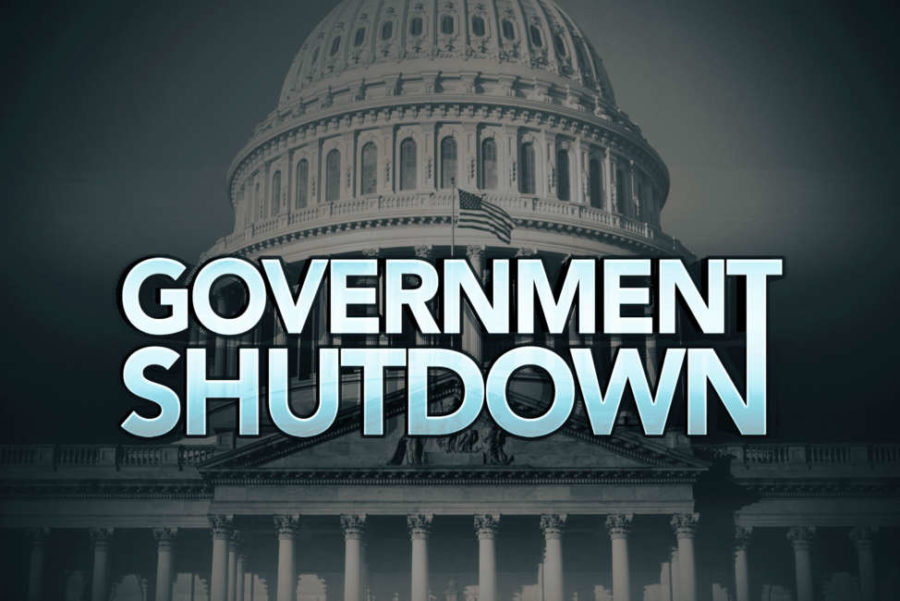United States Government Shutdown
Photo Credit: https://federalnewsradio.com/government-shutdown/2017/08/4-things-for-contractors-to-remember-in-planning-for-a-possible-government-shutdown/
January 26, 2018
On Saturday, January 20, 2018, the United States federal government shut down at midnight Eastern Standard Time through the evening of Monday, January 22.
At an earlier time during Donald Trump’s presidency, there was a lot of controversy of what will happen to those that are in the United States by the Deferred Action for Childhood Arrivals, more commonly known as DACA. The government was not operating for almost three full days due to the legislature not passing a bill to fund agencies supported by the United States government.
Beginning on Trump’s one year anniversary of being in the presidential office, the shutdown started with the Senate not being able to prevail a filibuster taken on by the Democratic party. The Democrats were looking for the Republicans to debate them on a separate bill that would correspond with the DREAM Act.
Although there was never a solid agreement made, the shutdown was put to end, with the fate of DACA unknown.
Millie Gorrie, a business teacher at ERHS says, “It is truly preposterous that our federal government can get away with these chaotic times. Without the government working, there is no way for this country to continue properly functioning.”
In order to end the filibuster, the Senate had to vote on cloture. The majority of votes were for ending the filibuster from the Republican party with a total of 45. There were 42 Democrats who votes against the cloture.
While the federal government did shut down, that would include branches such as the military. However, Senator Claire McCaskill made sure that they would still be paid for their service and would receive death benefits during the time of the shutdown.
A vote was called on January 22 at 1 AM Eastern Standing Time that would extend the opening of the government through February 8. At noon EST, a bill was passed by a large majority that established a temporary budget.
Mrs. Gorrie also states, “Our federal government must find a way to be more cautious as how they use their money since our country is already in trillions of dollars in debt.”
While many aspects of the issues were not yet resolved, the Senate voted 81-18 to start approaching new ideas for funding. A bill was passed by the House of Representatives along with the President on the evening of January 22.
Shutdowns in the past included closing all local government offices in Washington D.C., but that did not happen during the 2018 shutdown. The National Parks Service remained open, but the majority of employees were given furlough.
The fact that the United States federal Government had to shut down for the eighteenth time since 1976 is quite unfortunate and that the two major parties cannot come to terms in a timely manner is inauspicious. Now that the government is back up and running, the people of this country can only hope that issues will begin to be resolved in a more appropriate manner.

Millie Gorrie, interviewee


